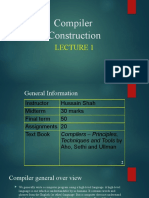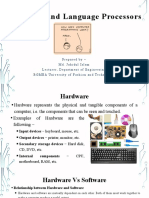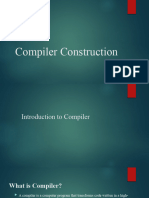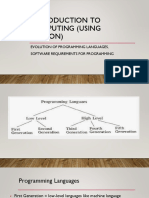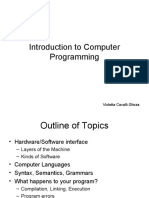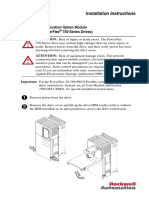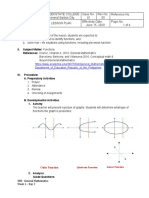0% found this document useful (0 votes)
20 views15 pagesSS Chapter 2 Overview of Language Processor
The document provides an overview of programming languages and language processors, explaining their roles in converting human-readable code into machine code. It details types of language processors, including compilers, assemblers, and interpreters, and discusses the differences between them. Additionally, it addresses concepts like semantic, execution, and specification gaps, as well as the fundamentals of language processing and specification.
Uploaded by
phsCopyright
© © All Rights Reserved
We take content rights seriously. If you suspect this is your content, claim it here.
Available Formats
Download as PDF, TXT or read online on Scribd
0% found this document useful (0 votes)
20 views15 pagesSS Chapter 2 Overview of Language Processor
The document provides an overview of programming languages and language processors, explaining their roles in converting human-readable code into machine code. It details types of language processors, including compilers, assemblers, and interpreters, and discusses the differences between them. Additionally, it addresses concepts like semantic, execution, and specification gaps, as well as the fundamentals of language processing and specification.
Uploaded by
phsCopyright
© © All Rights Reserved
We take content rights seriously. If you suspect this is your content, claim it here.
Available Formats
Download as PDF, TXT or read online on Scribd
/ 15










